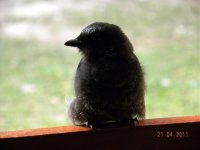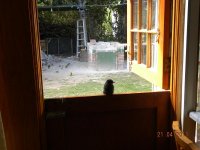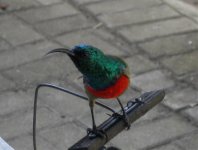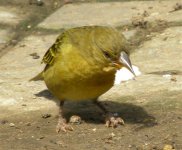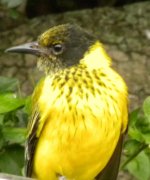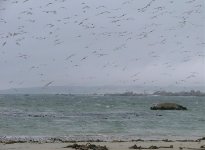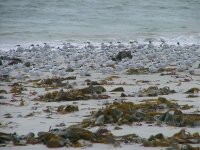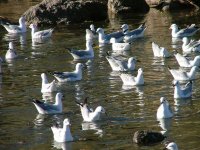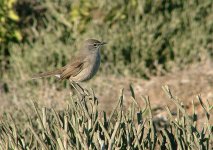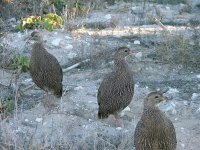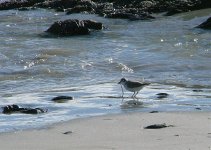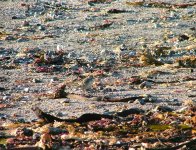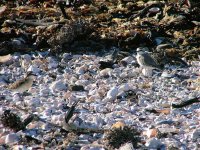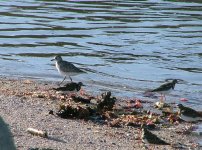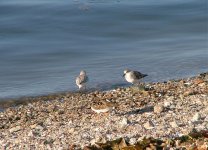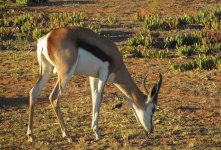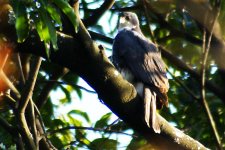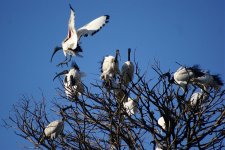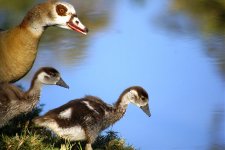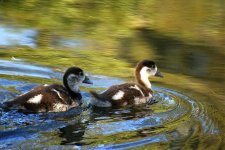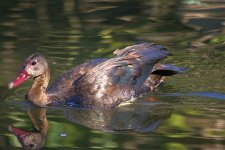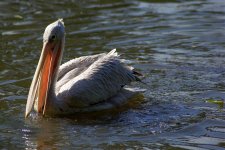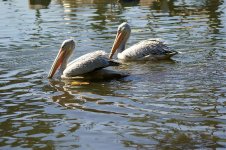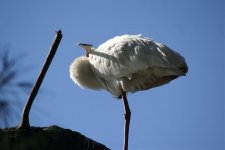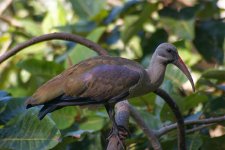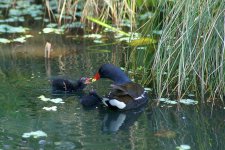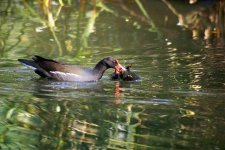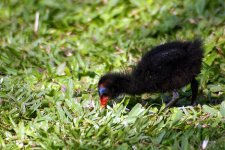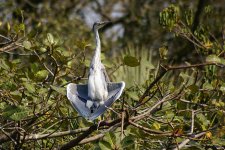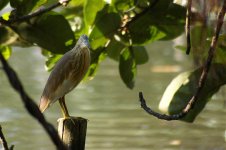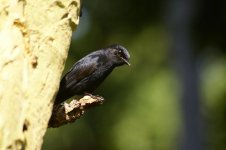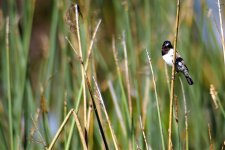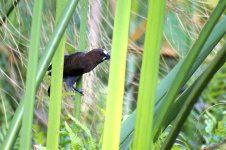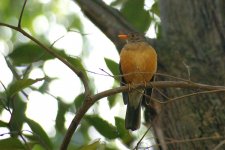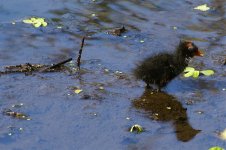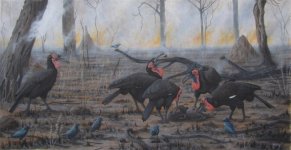Martin Hobbs
Well-known member
Hi Martin/Sal/Anyone.
Can you point us newbies to some tips from your own experience for putting in garden "feeding stations"? We are in Westville just inland from Durban, with a mix of river woodland and shrubbery. Thanks. Kevin.
Hi Kevin,
We live on a large plot of land in Midrand and surounded by other plots so we have many trees, shrubs and open grass in the area.
My own plot we have a mixture of wooded areas surrounding the boundry fence of our plot, plus a sucluded (I never go into this area) wooded area in the middle of the plot. The rest is open grass (sort of lawn!), and area of grassland which is left as veld grass that I have planted with wild grassland plants, aloes, and wild flowers, which I burn most winters.
I have seed feeders in the trees near the house in the front and back. We have done this to try and avoid a few birds dominating these feeders. I rotate the seed in the feeders for this same reason.
I have many fruit feeders spread around the garden again to avoid (especially the Barbets) dominating these feeders. We use mostly Papaya, Bananas, and Apples.
We also use bone meal at two areas in the garden this time of year, away from the seed and fruit feeders to encourage the shy Boubous, Thrushes and Robins.
The fruit is pinned onto nails in the branches of trees to avoid the Louries throwing the fruit off of feeders. The bone meal is spread on large rocks we have to encourage the shy birds to use the cover of the rocks to approach on a 'hit and run' basis.
Hope this helps. Let me know if you want more information.
Martin




